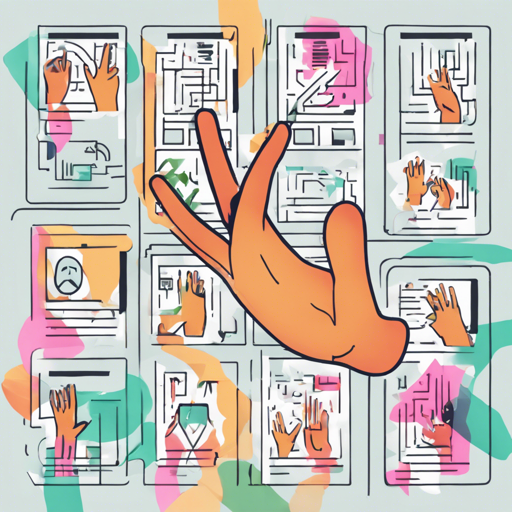Creating a Sign Language Alphabet Recognizer using Python, OpenCV, and TensorFlow is an exciting project combining computer vision and deep learning. In this guide, we will walk you through the setup, training, and usage of this powerful tool, perfect for helping bridge communication gaps.
What You Will Need
This project requires specific software and packages to function. Below, you’ll find the requirements you will need to get started:
- Python 3.5
- Packages:
- OpenCV
- TensorFlow
- Matplotlib
- Numpy
For exact versions and additional APT packages, check out the requirements.txt and Dockerfile.
Setting Up the Environment
You have two options to set up the environment: using Docker or traditional PIP installation.
Using Docker
To build and run your environment with Docker, execute the following commands:
docker build -t hands-classifier .
docker run -it hands-classifier bashInstall Using PIP
If you prefer using PIP, run the following command:
pip3 install -r requirements.txtTraining the Model
Once your setup is complete, it’s time to train your model with the dataset provided. Training involves running a specific command which processes the dataset and builds the model. Think of this as baking a cake: you gather your ingredients (dataset), mix them together (training), and let them bake to form something delicious (the model). It may take up to three hours when using the provided dataset.
python3 train.py \
--bottleneck_dir=logs/bottlenecks \
--how_many_training_steps=2000 \
--model_dir=inception \
--summaries_dir=logs/training_summaries/basic \
--output_graph=logs/trained_graph.pb \
--output_labels=logs/trained_labels.txt \
--image_dir=.datasetUsing the Model for Classification
After training is complete, testing your model is the next exciting step. You can classify images using this command:
python3 classify.py pathtoimage.jpgUsing Webcam for Live Classification
To see your recognizer in action with a live webcam feed, use the following command:
python3 classify_webcam.pyEnsure your hand is positioned inside the rectangle shown in the interface. This feature allows for real-time recognition as you sign—the key to interactivity.
Troubleshooting
If you encounter issues during any stage of the setup, consider these troubleshooting steps:
- Ensure that all packages are installed correctly without any errors.
- Check for compatibility issues with Python versions, as this project was built for Python 3.5.
- Verify that your dataset is in the correct directory and accessible by the code.
- For Docker users, ensure that Docker is running correctly on your machine.
For more insights, updates, or to collaborate on AI development projects, stay connected with fxis.ai.
Final Thoughts
By following this guide, you’ll successfully set up your very own Sign Language Alphabet Recognizer using Python, OpenCV, and TensorFlow. This not only enhances your programming skills but also contributes significantly to the inclusion of sign language in the digital space. At fxis.ai, we believe that such advancements are crucial for the future of AI, as they enable more comprehensive and effective solutions. Our team is continually exploring new methodologies to push the envelope in artificial intelligence, ensuring that our clients benefit from the latest technological innovations.
Explore Further
If you want to see this project in action, check out the demo video here.

